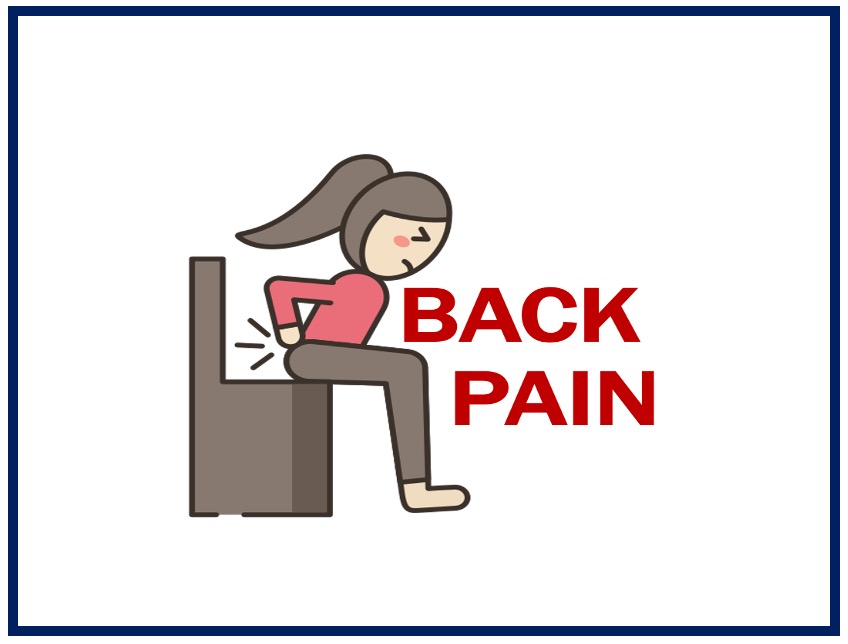
Office jobs are becoming more and more common. Home office jobs are also becoming more common in Germany, bringing with them the widespread disease of back pain. Anyone who spends a long 8-hour day at a VDU workstation will soon be struggling with back pain. This can have various causes and can also be prevented by various tips.
Ensure more movement
People who spend their workday at a computer screen usually don’t move very much. Just going to the bathroom or to the coffee machine is not enough to get enough exercise here. Here, it can help to incorporate more movement into everyday life; frequently used work equipment should not be located directly at the workstation, for example. The printer, various folders, the trash can or even small things like staplers and scissors can be stored a bit away. Having to get up for every print job already helps to get out of a rigid sitting posture, to loosen the muscles briefly and not to remain forever in a forced posture.
Visiting colleagues, taking a short walk during the lunch break, foregoing the elevator and using the stairs can also work wonders.
Create a workplace that is easy on the back
The employee of a computer workstation, is entitled to a safe workplace this also includes office utensils, such as a height-adjustable desk, an ergonomic office chair, lumbar supports, seat cushions to relieve the spine and footrests for better posture. All of these things are designed to prevent rigid posture, relieve pressure on the spine, and prevent poor posture so that back pain doesn’t develop in the first place. In the best case, a so-called standing desk is recommended, which can be adjusted in height so that it can be used while standing. Regular standing at the workplace has been proven to improve back health.
Use assistive devices
Working at a computer screen can be stressful and exhausting. Often, people simply forget to move and time flies by. This is where small tools in the workplace can ensure you remind yourself to move. A smart watch, for example, can work wonders here. The watch records movements, measures steps and notices when you don’t move enough. After an hour without movement, it gives a message and also immediately offers ways to move briefly and escape from the forced posture. Another option is to create hourly alarms on the smartphone, or reminders on the PC itself. So that the time does not fall into oblivion and is paid attention to regular movement. At first, this may seem unusual, but over time, you get used to the routine here and may not even need reminders.
Avoid stress
Stress can also cause back pain; stress causes the muscles to become permanently tense. It is important to avoid this. Small relaxation exercises incorporated into everyday life can help. These can be small mindfulness exercises, but also stretching and conscious breathing can already help. Mediations or progressive muscle relaxation exercises according to Jacobsen are also very helpful in bringing about relaxation. There are also apps for this that can help with the implementation. In general, to prevent back pain, a lot of movement is almost inevitable. Long rigid sitting should be avoided and can also be replaced by dynamic sitting. The sitting position should be changed as often as possible, and in the best case scenario, you should also sit up from time to time. The posture while sitting can also be decisive when it comes to back pain. Those who use a little more movement and also targeted relaxation have a good chance of preventing back pain in the long term.
You may be interested in: Is It Possible To Reduce Stress By Changing Your Posture?

